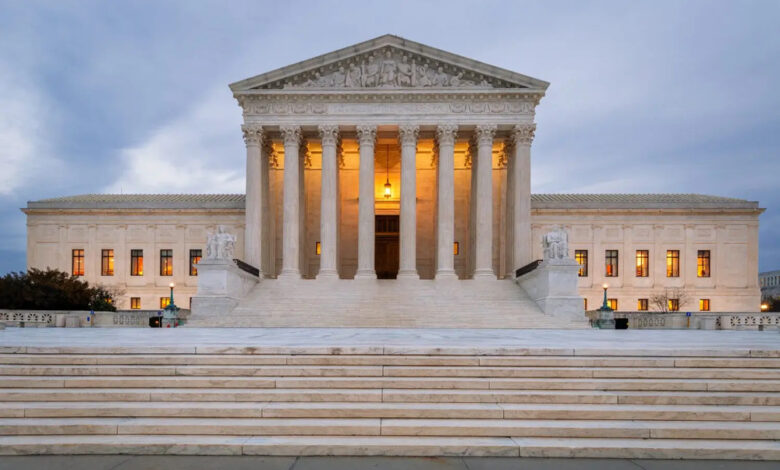Significant Western Buildings: An In-depth Look at the Lawsuit

The world of construction and architecture has witnessed various lawsuits over the years. Some of these litigations arise from design, structure, or quality disputes. A prominent lawsuit that garnered significant media attention is the “Great Western Buildings lawsuit.” This in-depth article sheds light on this high-profile legal battle’s intricacies, implications, and effects on the construction industry.
Background of the Case
The history of the Great Western Buildings lawsuit dates back to when the construction of the said buildings was initiated. It was a project marked by ambition, aiming to redefine urban landscapes. These were not just any buildings; they were to be the epitome of modern design combined with efficient functionality. However, as the project progressed, several issues started surfacing. There were concerns regarding the materials’ quality, adherence to safety regulations, and overall design specifications. The stakeholders, including investors, contractors, and tenants, began raising eyebrows, eventually culminating in the infamous lawsuit.
1. The Core Issues
What was at the heart of the Great Western Buildings lawsuit? A series of unfortunate events and decisions, combined with alleged negligence, was the cause.
2. Design Flaws
Critics argued that the architectural design was aesthetically unsatisfying and posed potential hazards. For instance, emergency exit placements were said to be not easily accessible.
3. Material Quality
There were widespread reports of substandard materials being used, which posed a risk to the longevity of the buildings and the safety of its inhabitants. Inferior quality concrete, for instance, raised concerns about the building’s ability to withstand natural disasters.
4. Contractual Disputes
Many subcontractors claimed they needed to be paid per the agreed-upon terms. It brought forward a flurry of contractual disputes, further complicating the legal proceedings.
Repercussions for the Construction Industry
The Great Western Buildings lawsuit wasn’t merely an isolated case; it had broader implications for the construction industry.
- Regulatory Overhaul: In the wake of this lawsuit, there were demands for more stringent regulations and standards. It became a rallying point for industry experts who believed such incidents could be averted if strict guidelines were in place.
- Financial Implications: Investors grew wary of injecting capital into large-scale construction projects. The economic fallout from the lawsuit made headlines, warning potential investors of the risks associated with construction ventures.
- Reputation Damage: The construction companies involved in the Great Western project suffered a significant blow to their reputations. It was a cautionary tale for others in the industry about upholding quality and integrity in all undertakings.
The Outcome of the Lawsuit
The trial was long and arduous. It lasted several months and saw witnesses ranging from construction workers to architectural experts. Ultimately, the court favored the plaintiffs, holding the construction company and its associates liable for the numerous issues in the Great Western Buildings. They were ordered to pay hefty compensations, undergo structural evaluations, and rectify the glaring issues in the buildings. Additionally, the court-mandated regular inspections to ensure the problems were addressed and that future safety was not compromised.
The Future of Construction Litigations
The Great Western Buildings lawsuit served as a turning point in construction-related litigations. It emphasized the importance of transparency, quality assurance, and adherence to safety norms. Future projects will likely require meticulous planning and execution to prevent such fiascos. Moreover, there’s an increased push for establishing an industry-wide standard catering to construction safety and aesthetics.
In conclusion
The Great Western Buildings lawsuit was not just a legal battle but a lesson for the entire construction industry. It highlighted the potential pitfalls and the dire consequences of negligence, urging stakeholders at every level to exercise caution, diligence, and integrity. As the dust settles on this case, the hope is that its echoes will lead to a more responsible, transparent, and quality-driven construction industry.




